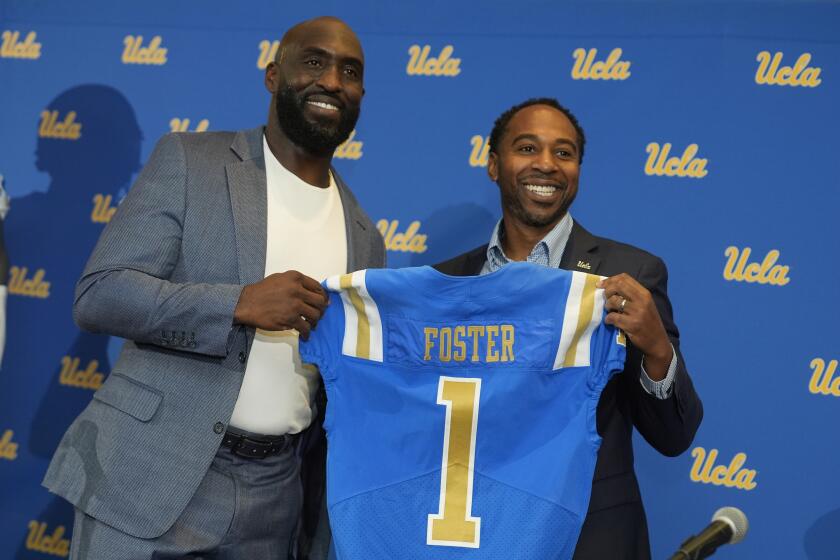College sports leaders and athletes were in limbo for months while waiting for a House settlement to be approved. An agreement would create clarity, better supporting college conferences and their respective universities that had been blindly preparing for the next academic year — unsure which name, image and likeness (NIL) rules they’d be playing by.
Late Friday, structure and stability arrived as the House settlement became approved and official.
“The decision on Friday is a significant step forward toward building long-term stability for college sports while protecting the system from bad actors seeking to exploit confusion and uncertainty,” Southeastern Conference commissioner Greg Sankey said during a news conference Monday morning that included commissioners of the Big Ten, Big 12, Atlantic Coast and the Pac 12 conferences.
The House settlement has set the stage for revenue-sharing between universities and their athletes. Claudia Wilken, the presiding judge of California’s Northern District, accepted the final proposal Friday between the NCAA and the plaintiffs, current and former athletes seeking financial compensation for NIL-related backpay.
The NCAA will pay close to $2.8 billion to former athletes — as many as 389,700 athletes who played between June 15, 2016, to Sept. 15, 2024 — across a 10-year period and will also implement a 10-year revenue sharing model that will allow universities to pay current athletes up to $20.5 million per year.
According to the settlement, the total is “22% of the Power Five schools’ average athletic revenues each year” and the revenue-sharing cap will incrementally increase every year.















